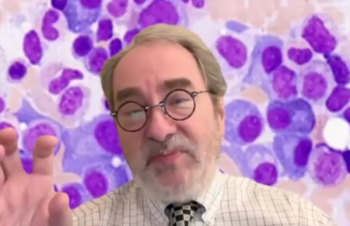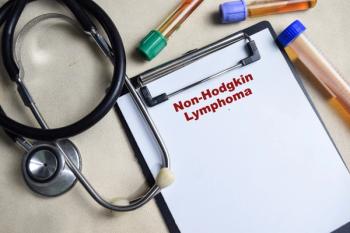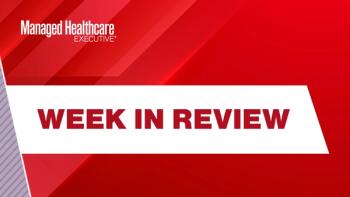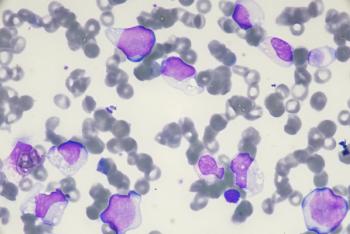
Digital Tool Helps More Adults Get Screened for Lung Cancer
Study participants who used the mPATH-Lung program were 60% more likely to undergo lung cancer screening, than particpants who did not use the program.
A new digital health tool increased rates of lung cancer screening, according to research published Oct. 20 in
Lung cancer remains the leading cause of cancer death worldwide. Although screening with low-dose chest CT has been shown to reduce mortality in people at high risk, fewer than 20% of eligible U.S. adults receive it each year. Barriers such as limited awareness, uncertainty about screening guidelines and lack of time for shared decision-making during primary care visits continue to limit participation.
“Our study shows that people don’t have to wait for a clinic visit to get started with lung cancer screening,”
Miller and colleagues conducted a randomized clinical trial between April 2022 and May 2023. Participants were identified through electronic health records based on a history of smoking and invited to take part in the study online. The study enrolled 1,333 adults ages 50 to 77 who met CMS criteria for lung cancer screening at two Southeastern U.S. health systems. Approximately half had commercial insurance and nearly as many had public coverage.
Participants were randomly assigned to one of two groups. Those in the intervention arm received access to mPATH-Lung, a web-based program co-invented by Miller that featured a short educational video with information about the benefits and risks of lung cancer screening and an option to request a screening appointment directly. In contrast, those in the control group received enhanced usual care, which consisted of a notification of their eligibility for screening and advice on how to discuss it with their physician, followed by a brief video about exercise for lung health, to ensure a similar level of engagement between groups.
.
By 16 weeks, adults who received the digital intervention were significantly more likely to complete a screening CT than those in the control group. Screening was completed by 24.5% of participants in the mPATH-Lung group compared with 17.0% in the enhanced usual care group, representing a 60% higher likelihood of screening.
False-positive results occurred in 12.7% of screened individuals in the mPATH-Lung group and 8.4% in the control group, while invasive procedures were rare (2.0% vs. 1.1% respectively), with no reported complications.
“By giving patients a simple digital path to learn about screening and request an appointment, more eligible individuals completed scans, suggesting that thoughtfully designed digital tools may play an important role in improving preventive care,” Miller said.
Of the nearly 27,000 individuals initially invited via patient portal or text message, approximately 12% responded. The researchers wrote that the low response rate may have stemmed from reduced patient engagement with online portals in recent years and from the study’s limited reminder strategy—no follow-ups for portal invitations and only one reminder for text messages.
Still, the findings highlight the potential of digital tools to complement clinic-based screening discussions and help overcome barriers to preventive care. The researchers concluded that further research should explore strategies for better engagement and effectiveness of digital tools in more diverse populations.
“Healthcare has been slower than some other sectors to adopt digital tools to help people navigate complex tasks,” Miller said. “For example, travel apps let users find and book hotels that match their preferences in just a few clicks. We designed our app to bring that type of digital self-service to lung cancer screening.”
Newsletter
Get the latest industry news, event updates, and more from Managed healthcare Executive.





















































